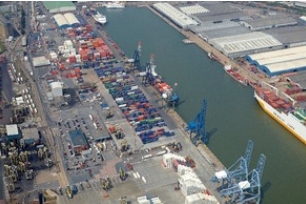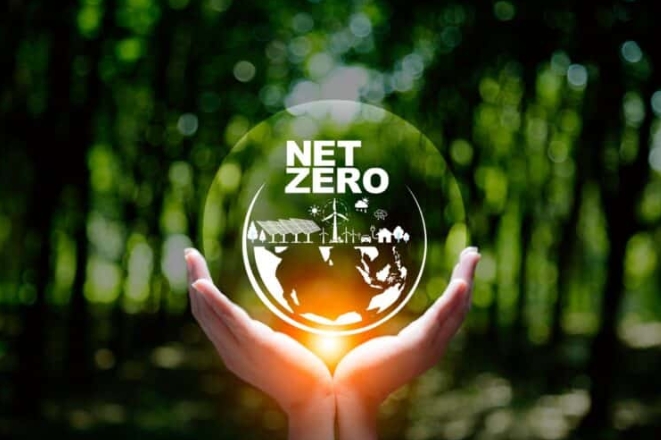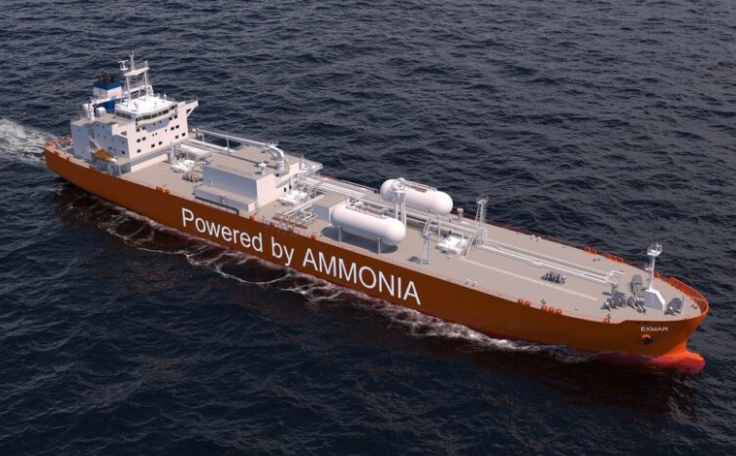The hydrogen revolution will accelerate the transition to a green economy, bringing the end of the fossil fuel age closer.
 Image Credit: petrmalinak/Shutterstock.com
Image Credit: petrmalinak/Shutterstock.com
What is Green Hydrogen?
Hydrogen is the most common chemical element on Earth, accounting for 75% of all matter. It is, however, usually found in the presence of other chemical components such as oxygen to form water or carbon to form organic compounds.
Hydrogen is not a fundamental energy source but rather an energy vector, meaning that it must be produced through a chemical process.
Green hydrogen is a type of hydrogen produced using renewable energy resources, making it a clean, sustainable fuel with a zero pollution index that can be used as a source of energy and as a raw material. It is also used for decarbonizing major industrial sectors.
How is Green Hydrogen Produced?
For hydrogen to be clean, its production process must not emit emissions. The easiest way to obtain emission-free hydrogen is by breaking down water through electrolysis or thermochemical cycles.
Electrolysis
In electrolysis, electrolyzers are used to produce hydrogen using water. When electricity is delivered to the cathode and anode across the proton exchange membrane (PEM), water is split into hydrogen and oxygen components, which are released as gas and can be stored easily.
Thermochemical cycles
This process uses metal oxides that react with water vapor at a specific temperature, releasing hydrogen. It is produced at intermediate temperatures (around 700 degrees Celsius) that can be reached with the sun's heat from a concentrating solar thermal power plant.
Green hydrogen electrolyzers
When the electricity is provided to the electrolyzer by a renewable energy source, free from greenhouse gas emissions, it becomes a green hydrogen electrolyzer.
Green Hydrogen vs Blue Hydrogen
Blue hydrogen is produced by reforming natural gas; a carbon capture system partially or completely captures the CO2 emissions released. Blue hydrogen can only reduce emissions from its production process, and it does not entirely eliminate them.
Green hydrogen is produced using an emission-free renewable resource, making it the cleanest and most sustainable hydrogen.
Recent Developments in Green Hydrogen
Shell Holland Hydrogen I project
In Rotterdam, Shell plans to open a green hydrogen plant in 2024. The offshore wind farm under construction will supply the Holland Hydrogen I project with electricity. Shell will use sustainable H2 to decarbonize production at its refinery.
Green ammonia from the city of the future
One of the world's centers for the production of green H2 will be the city of the future Neom in Saudi Arabia. In 2026, a large plant for ammonia production from green hydrogen will be put into operation. The project is being implemented by Saudi energy company ACWA Power and US industrial gases specialist Air Products.
Green hydrogen transport
In Australia, mining company FMG is developing a new business. Its subsidiary Fortescue Future Industries will produce green hydrogen for imported hydrogen buses and trucks from the American corporation Hyzon.
Electrolysis under the California sun
In the US, automotive hydrogen fuel systems specialist Plug Power announced in September 2021 a plan to build the largest liquid green hydrogen plant on the West Coast in California by 2024. Electrolysis will be carried out using energy from a solar power plant.
How is Green Hydrogen Being Applied in Different Industries?
In the steel manufacturing industry, coke reduces iron ore to iron.
A Swedish joint venture company, HYBRIT, uses green hydrogen instead of coke to extract iron from its ore, resulting in the release of water rather than carbon dioxide as a by-product. The hydrogen is produced utilizing renewable energy and fossil-free water electrolysis, leading to emission-free steel manufacture.
Refineries use vast quantities of hydrogen to desulfurize crude oil to make petrol and diesel. Hydrogen is made at the refinery via steam methane reformation, resulting in high CO2 emissions.
The REFHYNE project in Germany is currently introducing the approach of producing green hydrogen by locating a large-scale electrolyzer at refineries that can decarbonize the use of hydrogen.
Green Hydrogen Vehicles
The fuel cell in the Toyota Mirai combines hydrogen and oxygen in a chemical reaction. Electricity, a by-product of the chemical reaction, is used to power the car's electric motor. The only by-product of powering the vehicle is water. Many other automobile manufacturers such as Hyundai, Mercedes-Benz, and BMW are also developing green hydrogen fuel cell cars.
A Californian startup, ZeroAvia, has been working on hydrogen-electric aircraft. In three years, it managed to attract $37.7 million in investments.
Green Hydrogen Plants
Puertollano plant, the largest green hydrogen plant in Spain, will be operational this year. Commissioning tests have begun, and the first hydrogen molecules have been generated. The energy necessary for the electrolysis of hydrogen will be obtained from a photovoltaic plant with a capacity of 100 MW. The green hydrogen produced will be used in the Fertiberia ammonia factory in Puertollano.
In Punta Arenas, a city in Chile, the Enel Group has begun to build its first industrial-scale plant to produce green hydrogen.
The industrial-scale production of green hydrogen is obtained from the electrolysis of water. The electrolyzer is powered by a 3.4-megawatt wind turbine, ensuring clean energy generation. The hydrogen obtained will be used to produce green methanol, transformed into biofuel.
Oil India Limited (OIL) has inaugurated India's first 99.999 percent pure green hydrogen factory in Assam. The plant can produce 10 kilograms of hydrogen per day and is powered by a 500-kW solar plant using a 100-kW AEM electrolyzer array.
Future Outlooks of Green Hydrogen
Green hydrogen's importance in the fight against climate change comes from its ability to replace fossil fuels in sectors where decarbonization has been more challenging.
It can be a crucial enabler of the global quest for sustainable energy and zero-emission economies.








